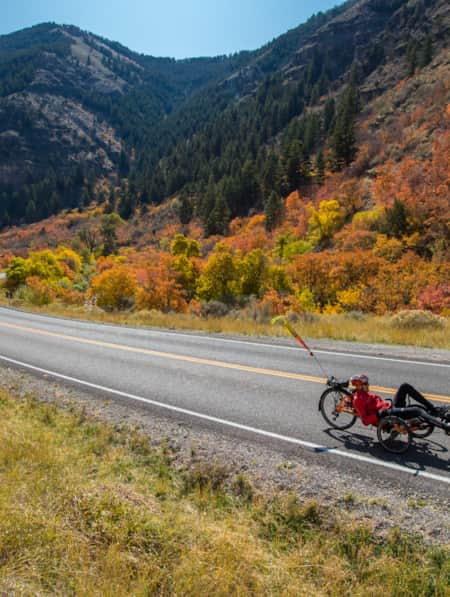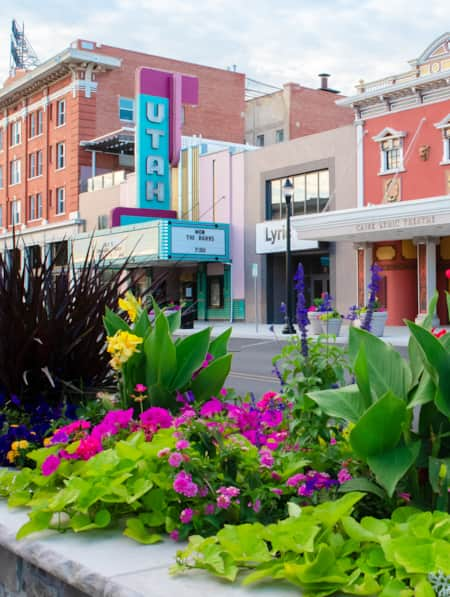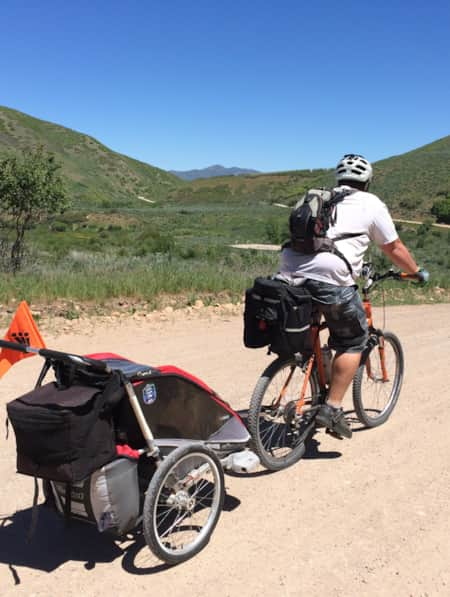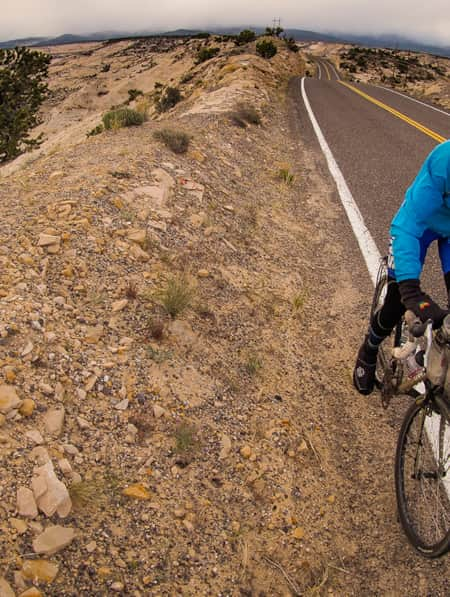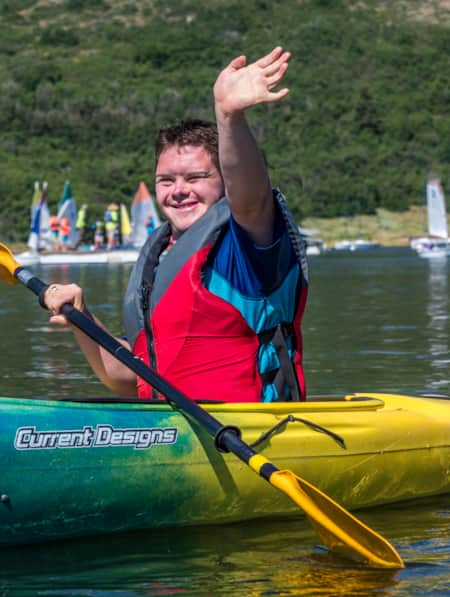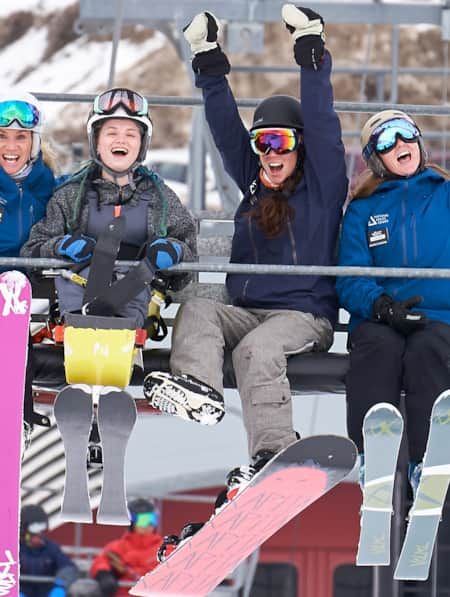Taking Your Family Adventure Cycling
Bicycling into Utah’s back-of-beyond is a great way to see the state, but it requires a different planning approach than a car-based trip. Here are some tips for an enjoyable, safe, fulfilling ride.

Bicycling into Utah’s back-of-beyond is a great way to see the state, but it requires a different planning approach than a car-based trip. Here are some tips for an enjoyable, safe, fulfilling ride.

Planning the route
Your first choice is to decide where to go. And that depends on what kind of experience you want. Do you want the sublime sojourn of an isolated stretch of backcountry? Or are you more excited about journeying from town to town? Do you want to go for the sure thing of The Mighty 5, or do you want to take a chance on a less known corner of the state? Do you want to ride point-to-point or in a loop? Do you want to push yourself on 100-mile days and skip some of the sights? Or laze through five miles with plenty of leisure time? You can take adventure cycling in any of these directions, and an ideal itinerary might blend all of these aspects. Regardless, two good rules of thumb for bike touring vacations are 1) to be conservative about the distance you need to ride each day to allow for meandering, side trips, and unexpected trip challenges, and 2) research the roads or paths you’ll be riding on and choose a route that you and your group will feel fully comfortable and safe on.
Carrying your things
Your most obvious adventure cycling logistical challenge is how to carry your clothes, food, and gear – as well as the other items that you don’t give a second thought as you heave them into the back of your car. Packing requires some extra consideration in adventure cycling.
One approach is to have a supported ride by utilizing a “sag wagon” — one vehicle that carries the group’s gear and can be driven by a non-rider or by a rotating member of the group. The advantages of the sag wagon approach are 1) to be able to ride without being weighed down by gear and 2) have a back-up vehicle for riders to cruise in case of an injury or illness. The disadvantage is that you have a car to worry about driving and parking when one of your trip goals may be to travel light.
The approach for the self-sufficient cyclist is to carry your gear in special bags called panniers that hang off your bike. Panniers generally sit on a rear rack, a front rack, and/or the handlebars and can carry enough gear to fully support a camping trip. If you need even more space you can hitch on a bike trailer.


Accommodations
One of the pleasures of adventure cycling is the time in the day when you finally stop riding. Choose carefully the perfect place where you will relax and sip your beverage of choice after the day’s action is over. The major decision to make is whether you will spend your nights in lodging or camp out under the stars. If you choose the former, make sure there is a place for your bike inside your room or elsewhere. Either way, in Utah there is little excuse for choosing accommodations without a spectacular view.
Bike maintenance and repair
The difference between auto touring and bike touring is that when your car breaks down, you call the tow truck. When your bike breaks down, you usually fix it yourself. Make sure to understand the most common breakdowns and be prepared to fix them. These include flat tires, broken spokes, and broken chains — all of which can easily be fixed with basic tools and supplies on the road to get you ready to cruise again. It’s also a good idea to give your bike a basic tune up before your departure.
Little nippers
Another set of challenges presents itself if you decide to adventure cycle with small children. While creating the necessary help and contingency plans for kids’ unpredictable temperaments doubles the preparatory work of a trip, bringing your little ones is not impossible. Indeed, bike touring with kids brings its own great rewards. (Read: Why Your Kids Need a Utah Trip)
Depending on the kid’s age and level of ability, it is fun to let them ride segments of the trip, if safe and comfortable. However, it is necessary to have a way for the kids to ride along when they get tired and need a little help. This could include a bike trailer, a “tag-along” bike attachment, or the aforementioned sag wagon.
The most important thing, though, is to make these tours a fun and positive experience. Whether it is halving the number of miles you had in mind, packing their favorite snacks, being ready to stop at playgrounds, or – gasp – having an iPad at the ready, do what you need to keep everyone happy and build a positive association with the activity. In fact, that’s something we all need on our cycling adventure.





